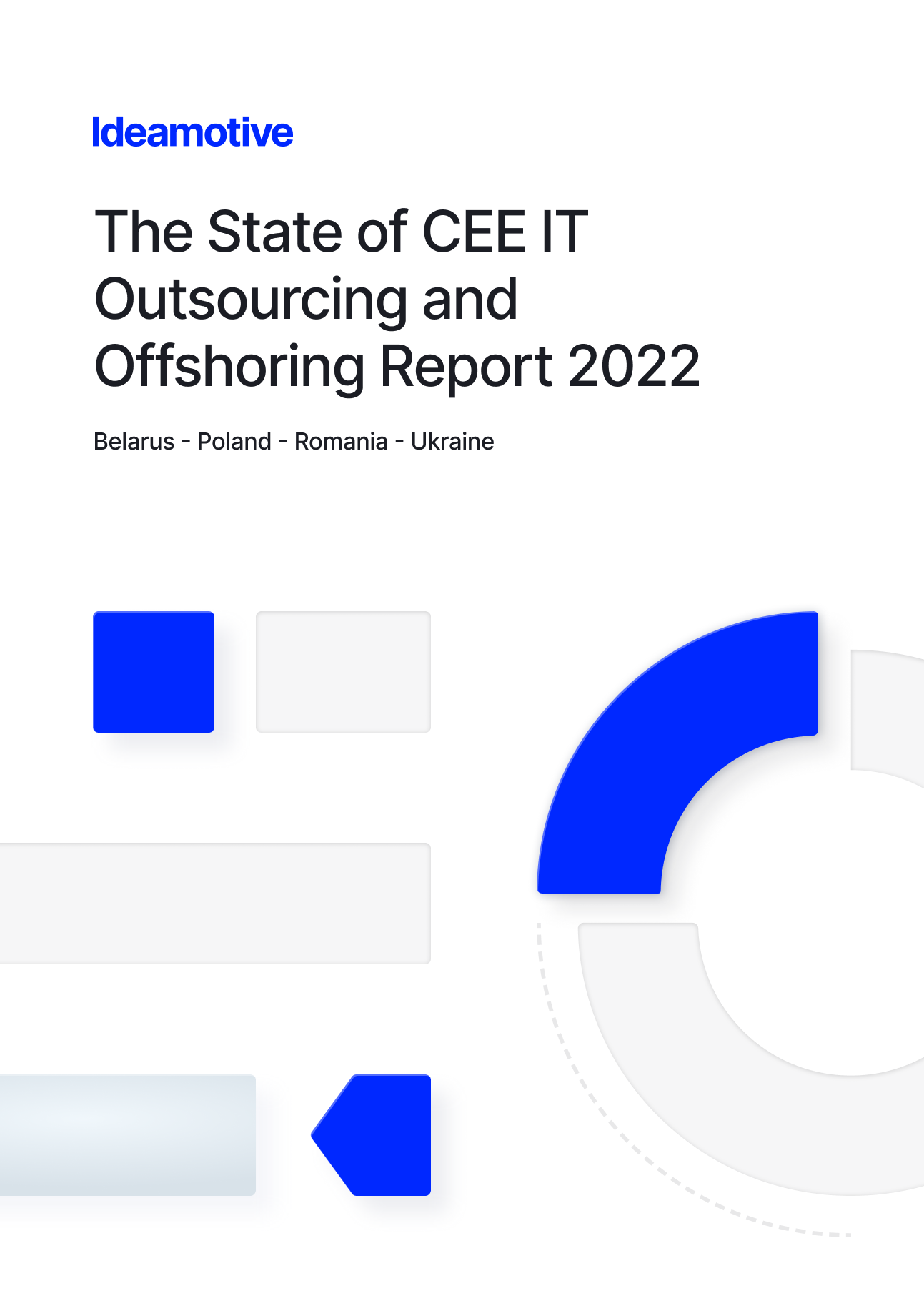IT vendor management is the disciplined approach to managing supplier relationships that supply IT products and services. It is a critical component of a company's strategic operations, ensuring that contractual agreements with technology vendors align with business objectives. This management practice encompasses a broad range of activities, from selection and negotiation to continuous performance assessment and relationship management.
The Frameworks of IT Vendor Management
Frameworks in IT vendor management serve as the foundation for establishing and maintaining effective vendor relationships. These frameworks are crucial for guiding organizations through the complexities of vendor selection, performance monitoring, risk management, and relationship optimization. They provide a structured approach that aligns vendor management practices with the organization's strategic objectives, ensuring that IT investments deliver the expected value and support business goals.
Popular Vendor Management Frameworks:
- IT Infrastructure Library (ITIL): ITIL is widely recognized for its comprehensive set of best practices for IT service management. It helps organizations manage IT vendors by defining processes and procedures for selecting, engaging, and monitoring vendors, focusing on service delivery and alignment with business needs.
- Vendor Management Maturity Model (VM3): This framework offers a roadmap for organizations to assess and improve their vendor management capabilities. It covers various aspects of vendor management, including strategy, selection, contract management, performance evaluation, and relationship management.
- ISO 37001: While primarily focused on anti-bribery management systems, ISO 37001 emphasizes the importance of due diligence and ethical considerations in vendor relationships. It underscores the need for transparency, accountability, and integrity in all vendor interactions.

Integrating Frameworks into Business Operations:
Adopting these frameworks requires a careful assessment of the organization's current vendor management practices and identifying areas for improvement. Integration involves:
- Customization to Fit Organizational Needs: Tailoring the chosen framework to accommodate the specific requirements, challenges, and goals of the organization.
- Training and Awareness: Ensuring that stakeholders across the organization understand the framework and its relevance to their roles and responsibilities.
- Process Implementation: Establishing clear guidelines and processes for vendor management, informed by the framework, to standardize vendor interactions and management activities.
Processes in IT Vendor Management
Effective IT vendor management involves a series of interconnected processes that span the entire lifecycle of a vendor relationship. These processes are designed to ensure that vendor selection, engagement, and management are aligned with the organization's strategic goals and deliver maximum value.
Key Processes in IT Vendor Management:
- Vendor Selection: This initial process involves identifying potential vendors, evaluating their capabilities, and selecting those that best meet the organization's requirements. It includes issuing Requests for Proposals (RFPs), conducting evaluations, and performing due diligence to ensure the vendors' reliability and alignment with business needs.
- Contract Negotiation and Management: Once a vendor is selected, the focus shifts to negotiating contracts that clearly define terms and conditions, service level agreements (SLAs), pricing, and performance metrics. Effective contract management ensures that both parties understand their obligations and that the contract supports a mutually beneficial relationship.
- Performance Management: Ongoing monitoring of vendor performance against established KPIs and SLAs is critical. This process involves regular reviews, performance assessments, and feedback sessions to address any issues and identify opportunities for improvement.
- Risk Management: Identifying and mitigating risks associated with vendor relationships is an ongoing process. It includes conducting regular risk assessments, implementing risk mitigation strategies, and ensuring compliance with regulatory requirements.
- Relationship Management: Developing and maintaining positive relationships with vendors is essential for long-term success. This process focuses on communication, collaboration, and partnership building, aiming to create a foundation for continuous improvement and innovation.
Importance of Aligning Processes with Business Goals:
The effectiveness of IT vendor management processes depends on their alignment with the organization's strategic objectives. This alignment ensures that vendor relationships contribute to the achievement of business goals, such as improving operational efficiency, reducing costs, enhancing service quality, and fostering innovation.

Implementing structured processes in IT vendor management enables organizations to navigate the complexities of vendor relationships effectively. It ensures that vendors are selected and managed in a way that maximizes value, minimizes risks, and supports the organization's strategic direction.
Measuring Vendor Performance: Metrics and KPIs
Measuring vendor performance is a critical aspect of IT vendor management, enabling organizations to ensure that vendor partnerships deliver the expected value and align with business objectives. Establishing clear metrics and Key Performance Indicators (KPIs) is essential for evaluating vendor contributions, identifying areas for improvement, and making informed decisions about future engagements.
Key Metrics and KPIs for Evaluating Vendor Performance:
- Service Delivery Quality: This metric assesses the quality of the products or services delivered by the vendor. It includes factors such as adherence to specifications, reliability, and the absence of defects.
- Compliance with Service Level Agreements (SLAs): SLAs define the expected performance standards and service delivery timelines. Compliance with SLAs is a critical KPI that measures the vendor's ability to meet these agreed-upon standards consistently.
- Cost Management: Evaluating a vendor's performance in managing costs involves assessing their ability to deliver services within the agreed budget and identifying opportunities for cost savings.
- Innovation and Value Addition: This KPI measures the vendor's contribution to innovation within the organization, such as suggesting new technologies, processes, or practices that can improve efficiency or effectiveness.
- Responsiveness and Support: This metric evaluates the vendor's ability to respond promptly to inquiries, provide support, and resolve issues in a timely manner.
- Risk Management: Assessing how effectively a vendor manages risks, including operational, reputational, and cybersecurity risks, is crucial for ensuring the stability and security of the vendor partnership.
Regular Assessment for Continuous Improvement:
Conducting regular performance reviews with vendors is vital for maintaining a transparent and productive relationship. These assessments provide an opportunity to discuss performance against KPIs, address any issues, and identify areas for improvement. Continuous monitoring and feedback encourage vendors to align their efforts more closely with the organization's goals and objectives.

Implementing a structured approach to measuring vendor performance helps organizations maintain control over vendor relationships, ensuring they contribute positively to business outcomes. By focusing on key metrics and KPIs, organizations can foster a culture of continuous improvement, enhancing the value derived from IT vendor partnerships.
Risk Management in Vendor Relationships
Effective risk management is integral to IT vendor management, ensuring that vendor relationships do not expose the organization to undue risk. It encompasses identifying, assessing, and mitigating potential risks associated with vendor partnerships, including financial, operational, reputational, and cybersecurity risks.
Key Components of Vendor Risk Management:
- Risk Assessments: Conducting thorough risk assessments during the vendor selection process and on an ongoing basis is crucial for identifying potential risks. These assessments consider factors such as the vendor's financial stability, compliance with industry regulations, and security practices.
- Due Diligence: Performing due diligence before entering into agreements with vendors ensures that potential risks are identified and understood. This includes reviewing the vendor's track record, references, and compliance with relevant laws and standards.
- Contractual Protections: Including specific clauses in contracts related to risk management, such as indemnity clauses, insurance requirements, and data security standards, provides legal and financial protection against potential risks.
- Regular Monitoring and Review: Continuous monitoring of vendor performance and compliance with contractual obligations is essential for early detection of potential risks. Regular reviews allow for timely adjustments to mitigate any identified risks.
By implementing a comprehensive risk management strategy, organizations can protect themselves against the potential negative impacts of vendor relationships. This proactive approach not only safeguards the organization's interests but also promotes a culture of transparency and accountability in vendor partnerships.
Best Practices for Sustaining Healthy Vendor Relationships
Sustaining healthy vendor relationships is crucial for achieving long-term success and mutual benefits from IT vendor partnerships. Effective communication, collaboration, and strategic alignment are key components of strong vendor relationships.
Strategies for Fostering Effective Vendor Relationships:
- Clear Communication: Establishing open lines of communication with vendors ensures that expectations are clearly defined, and any issues can be promptly addressed. Regular meetings and updates help maintain alignment and foster a sense of partnership.
- Setting Realistic Expectations: Clearly defined expectations regarding deliverables, timelines, and performance standards help prevent misunderstandings and ensure that both parties are aligned with the objectives of the partnership.
- Collaboration and Partnership: Treating vendors as strategic partners rather than mere suppliers encourages them to invest in the success of the organization. Collaborative efforts, such as joint innovation initiatives or shared goals, can enhance the value derived from the relationship.
- Recognition and Feedback: Acknowledging the vendor's contributions and providing constructive feedback reinforces the value of the partnership and encourages continuous improvement.
- Flexibility and Adaptability: Being open to adjustments in terms and conditions, in response to changing business needs or market conditions, can help sustain the relationship over time.
- Ethical Practices and Compliance: Ensuring that vendor relationships adhere to ethical standards and comply with relevant laws and regulations is crucial for maintaining trust and integrity in the partnership.
By adopting these best practices, organizations can build and maintain strong, productive relationships with IT vendors. These relationships not only support the organization's strategic objectives but also contribute to a culture of innovation, quality, and mutual respect.
In conclusion, building a robust IT vendor strategy requires a comprehensive approach that encompasses effective frameworks, processes, performance measurement, risk management, and relationship building. By focusing on these key areas, organizations can establish and maintain successful vendor partnerships that support their strategic goals and drive business value.











